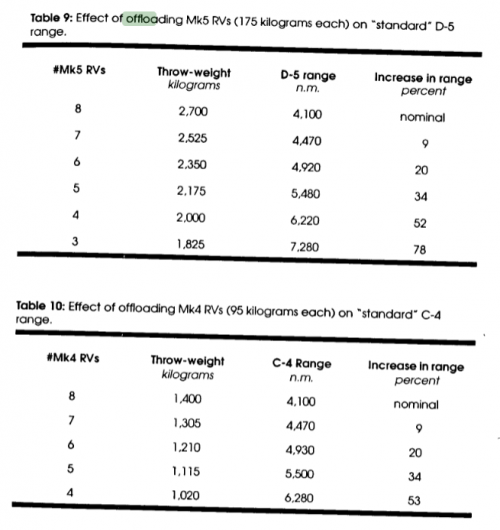Forest Green
ACCESS: Above Top Secret
- Joined
- 11 June 2019
- Messages
- 9,256
- Reaction score
- 16,719

Air Force Missile Cancer Study Looks for New Chemicals: No Health Hazard
The latest round of sampling at Air Force missile sites did not find sufficient levels of volatile organic compounds to pose a health hazard.








